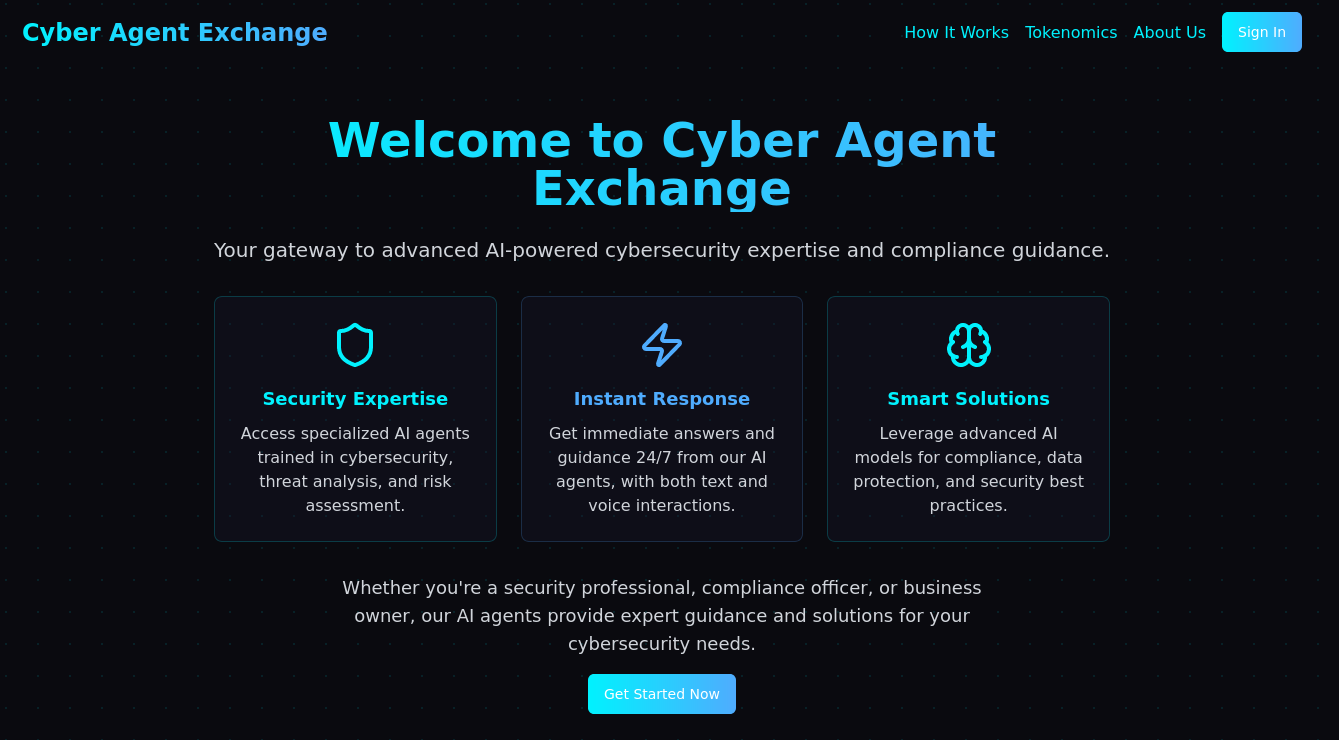The Unseen Revolution: How AI, Automation, and Secretless Security Will Define Machine Identity by 2025

In the rapidly accelerating digital landscape, a quiet revolution is underway—one that is fundamentally reshaping cybersecurity. It’s the rise of machine identities, and by 2025, they are projected to outnumber human identities by a staggering 43:1 on average, with some organizations experiencing ratios as high as 45:1 or even 82:1. This explosive growth, driven by cloud-native technologies, microservices, artificial intelligence (AI), and the Internet of Things (IoT), has created a vast and often under-protected attack surface that cybercriminals are eager to exploit.
The good news? The very technologies amplifying these risks—AI and automation—are also key to building a robust defense. Coupled with the emerging "secretless" security paradigm, they are set to redefine how organizations protect their digital ecosystems in 2025 and beyond.
The Looming Machine Identity Crisis
Machine identities are the digital credentials—such as TLS certificates, cryptographic keys, API keys, SSH keys, service accounts, and IoT device identities—that allow automated entities like servers, databases, containers, and applications to authenticate and communicate securely. They are the bedrock of trust in our interconnected world, validating communications and enforcing access controls.
However, the sheer volume and dynamic nature of these identities present immense management challenges. Many machine identities have privileged or sensitive access, making their compromise highly impactful. Alarmingly, 50% of organizations reported security breaches linked to compromised machine identities in the past year alone. These incidents lead to significant business impacts, including:
- Delays in application launches (51% of affected organizations)
- Outages or disruptions (44% of affected organizations, with 72% experiencing at least one certificate-related outage in the past year)
- Unauthorized access to sensitive data or networks (43% of affected organizations)
Cybercriminals actively target machine identities because they can slip past defenses undetected, gain privileged access, exfiltrate data, and distribute malware. The average organization faces over four incidents annually related to compromised keys and certificates, with detection and recovery often taking nearly 11 months.

AI: The Double-Edged Sword in Machine Identity Security
Artificial intelligence is profoundly influencing machine identity security from two critical angles:
- AI as a Threat Multiplier: Attackers are leveraging AI to create more advanced, evasive bots that target APIs, exploit business logic, and fuel fraud. AI also lowers the barrier to entry, increasing the volume of simpler bot attacks. The emergence of AI agents—automated entities that can act on behalf of humans—introduces new identity-centric risks, as their privileged access becomes a novel threat vector. Security leaders are particularly concerned about attackers "zeroing in" on machine identities in cloud-native and development environments, fueled by the rapid adoption of AI.
- AI as a Defensive Imperative: Conversely, AI and Machine Learning (ML) are becoming indispensable tools for enhancing Identity and Access Management (IAM) systems and machine identity security.
- Enhanced Security and Anomaly Detection: AI algorithms can analyze massive datasets to learn typical machine (and human) behavior patterns, detecting anomalies and potential breaches by flagging deviations.
- Automation in Decision-Making: AI can automate the approval or denial of access requests based on behavior and history, reducing human error and boosting efficiency.
- Risk-Based Authentication (RBA): AI and ML can assess the risk of a login attempt based on factors like location, device, time, and behavioral patterns, prompting additional authentication steps for risky attempts.
- Predictive Analytics: By analyzing historical data, AI can predict future trends and potential security threats, enabling proactive adjustments to IAM strategies.
- Protecting AI Models Themselves: By 2025, security leaders expect a significant shift, with 72% prioritizing the direct protection of AI models (like Large Language Models - LLMs) from compromise, manipulation, and theft. Machine identity security is seen as a vital element in securing the future of AI.
Automation: The Only Way to Scale and Survive
Given the "unprecedented rate" at which machine identities are multiplying and their ephemeral nature (some lasting mere seconds or minutes), manual management is simply untenable. 34% of organizations still rely on manual or non-automated methods for machine identity lifecycles, leading to limited visibility, increased risks, and slow response times.
Automation is therefore not just an advantage, but a strategic imperative:
- Certificate Lifecycle Management (CLM): Automation is crucial for the issuance, renewal, and revocation of digital certificates. With Apple's anticipated reduction of public TLS certificate validity to 47 days by 2028, organizations will need to perform nine times more rotations and renewals, making manual processes impossible.
- Secrets Management: Automated secrets rotation and issuance are vital to eliminate the problem of hardcoded secrets—a common shortcut that leaves credentials exposed in code repositories. This significantly reduces the attack surface.
- Operational Efficiency: Automation streamlines access, reduces manual account management, and ensures access rights are always up-to-date, thereby decreasing administrative burdens and improving productivity. Organizations with automated lifecycle management experience 58% fewer security incidents related to credential misuse.
"Secretless" Security: Minimizing the Attack Surface
The future of machine identity security is moving towards "secretless" security approaches. This involves a fundamental shift away from static, long-lived credentials to dynamic, short-lived, or just-in-time credentials that are generated precisely when needed and immediately discarded afterward.
This paradigm offers significant advantages:
- Reduced Attack Surface: By ensuring credentials don't linger unnecessarily, this approach dramatically reduces the attack surface that traditionally arises from static, lingering credentials.
- Mitigating Leaked Secrets: It directly addresses the problem of leaked secrets, which are prevalent in repositories, especially with the use of AI-assisted tools like GitHub Copilot (which show a 40% higher incidence rate of leaked secrets).
- Advanced Technologies: Technologies like Distributed Fragments Cryptography (DFC) are emerging to enable "secretless" authentication by ensuring no single entity holds a complete encryption key, even in complex hybrid multi-cloud environments.
The Path Forward: Unifying Governance and Preparing for Tomorrow
Despite widespread recognition of machine identity security's importance (92% of security leaders report having some form of program), many organizations admit to lacking a cohesive strategy (42%) and struggle with fragmented ownership.
By 2025 and beyond, organizations must address intensifying challenges:
- Certificate Authority (CA) Distrust: 71% of leaders fear their CA could become untrusted at any time, emphasizing the need for crypto-agile strategies.
- Quantum Computing Threats: 57% acknowledge quantum computing’s threat to all machine identities, yet many are unprepared for the transition to quantum-resistant cryptography (30-31%).
- The Human-Machine Identity Blur: The increasing overlap and delegation of authority between human and machine identities create new attack vectors and governance gaps. A Unified Identity Governance Framework is crucial, treating identity as a continuum and applying consistent risk-based approaches, continuous verification, and full lifecycle governance to all identity types.
To build a cyber-resilient future, organizations must take immediate action:
- Conduct a Holistic Inventory: Assess all machine identities across on-premises, cloud, IoT, and AI/ML models to identify high-risk areas and gain complete visibility.
- Automate Everything Possible: Prioritize automation for certificate lifecycle management, secrets rotation, and provisioning to meet the demands of dynamic environments and reduce human error.
- Embrace "Secretless" Principles: Shift away from static credentials towards dynamic, just-in-time authentication to dramatically reduce the attack surface.
- Implement Cross-Platform Governance: Invest in tools and strategies that provide a unified approach to managing machine identities across hybrid and multi-cloud environments.
- Apply Zero Trust Rigorously: Extend Zero Trust principles to machine identities, ensuring continuous verification, least privilege access, and real-time monitoring of all machine activity.

Machine identity security is no longer a niche technical concern; it is a foundational element of organizational resilience and growth. By embracing AI, automation, and "secretless" approaches, organizations can transform their security posture, safeguarding their critical systems and enabling secure innovation in the increasingly automated world of 2025 and beyond.








